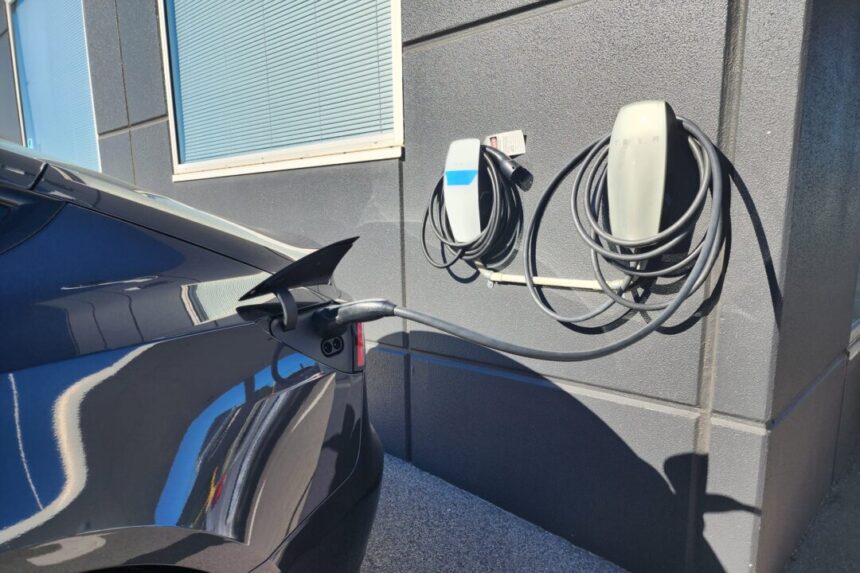Battery technologies are identified as a key sector for Australia’s economy and a vital contributor to decarbonization efforts. According to a report by Beyond Zero Emissions (BZE), Australian manufacturing and cleantech investments could potentially increase profits by $215 billion (US$142.2 billion) and create 53,000 new jobs by 2035.
The report titled “Make it here: building Australia’s clean industrial future” emphasizes the need for Australia to leverage its natural resources and enhance innovation to achieve net zero emissions goals. Developing onshore supply chains for solar, wind, batteries, heat pumps, and commercial electric vehicles (CEVs) is crucial for driving economic growth in the country.
Battery technologies, in particular, are highlighted as a promising sector that could create up to 20,000 jobs and generate $114 billion in domestic revenue by 2035. BZE CEO Heidi Lee believes that Australia has the potential to lead the transition to clean technology with its abundant natural resources, innovation capabilities, and manufacturing capacity.
Despite having significant reserves of raw minerals essential for cleantech, Australia currently lacks the refining and processing infrastructure to capture the full value of the supply chain. The report recommends that the nation should focus on refining, processing, and manufacturing these mineral reserves to realize a $215 billion profit boost.
Strategic investments in industries and communities that support a shift away from fossil fuels will benefit regions like Gladstone in Queensland, Kwinana in Western Australia (WA), and the Hunter Valley region in New South Wales (NSW). The report also suggests implementing time-limited financial incentives to promote local cleantech products and centralizing cleantech manufacturing in industry hubs to move towards a circular economy.
As Australia accelerates its clean energy transition, it will need to significantly ramp up supply over the next decade to meet climate targets. By 2035, the National Electricity Market is projected to be powered by 93 percent renewables, a substantial increase from the current 36 percent usage. The country also has the opportunity to leverage its low-cost renewable energy resources to produce zero-emission materials and equipment, positioning itself for growth in the green export market.
The federal government’s expansion of the New Energy Apprenticeships Program aims to upskill apprentices and trainees in sectors related to clean energy, such as hydroelectricity, solar and battery installations, and electric vehicle maintenance. This initiative will help ensure that workers are prepared to participate in the renewable energy and electric vehicle sectors as Australia transitions towards a cleaner future. Please rewrite the following sentence:
“The cat jumped onto the table and knocked over the vase.”
“The feline leaped onto the table, causing the vase to topple over.”
Source link





